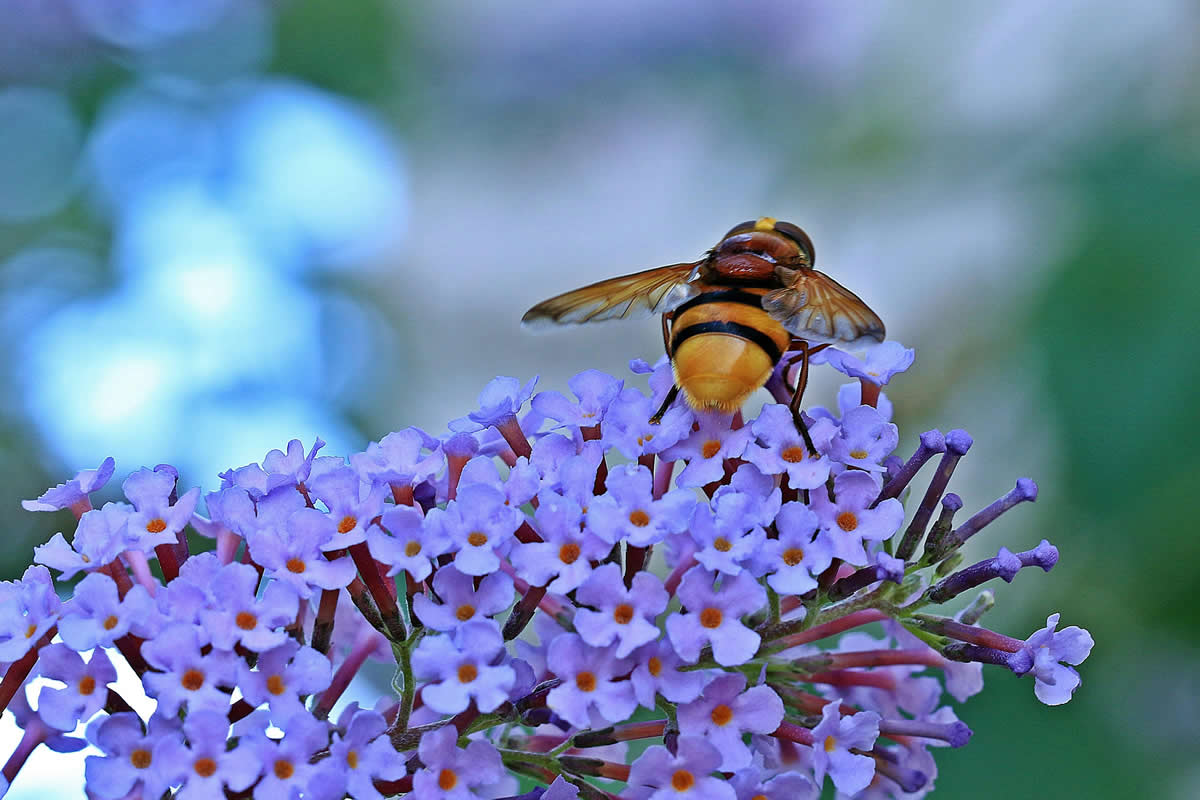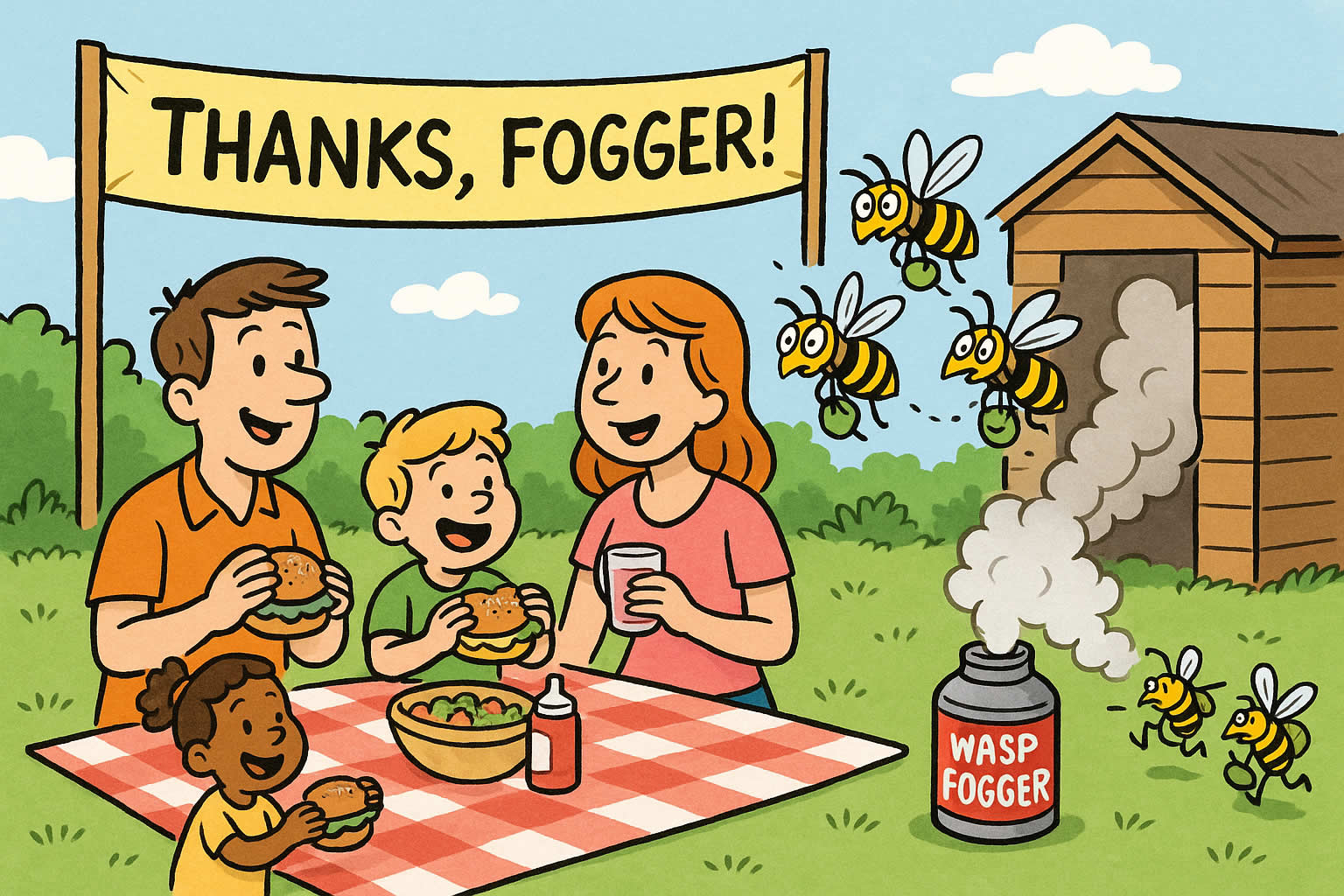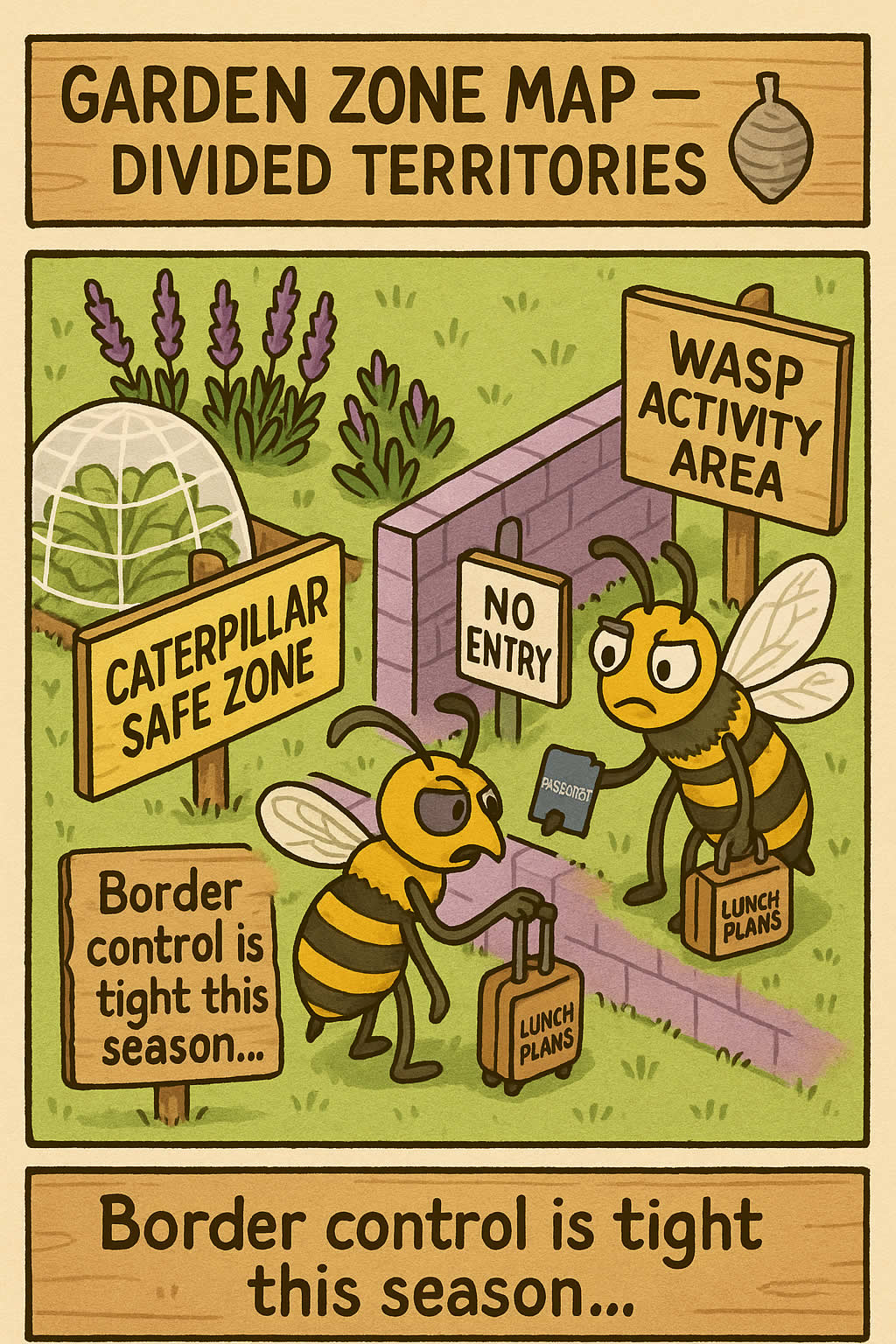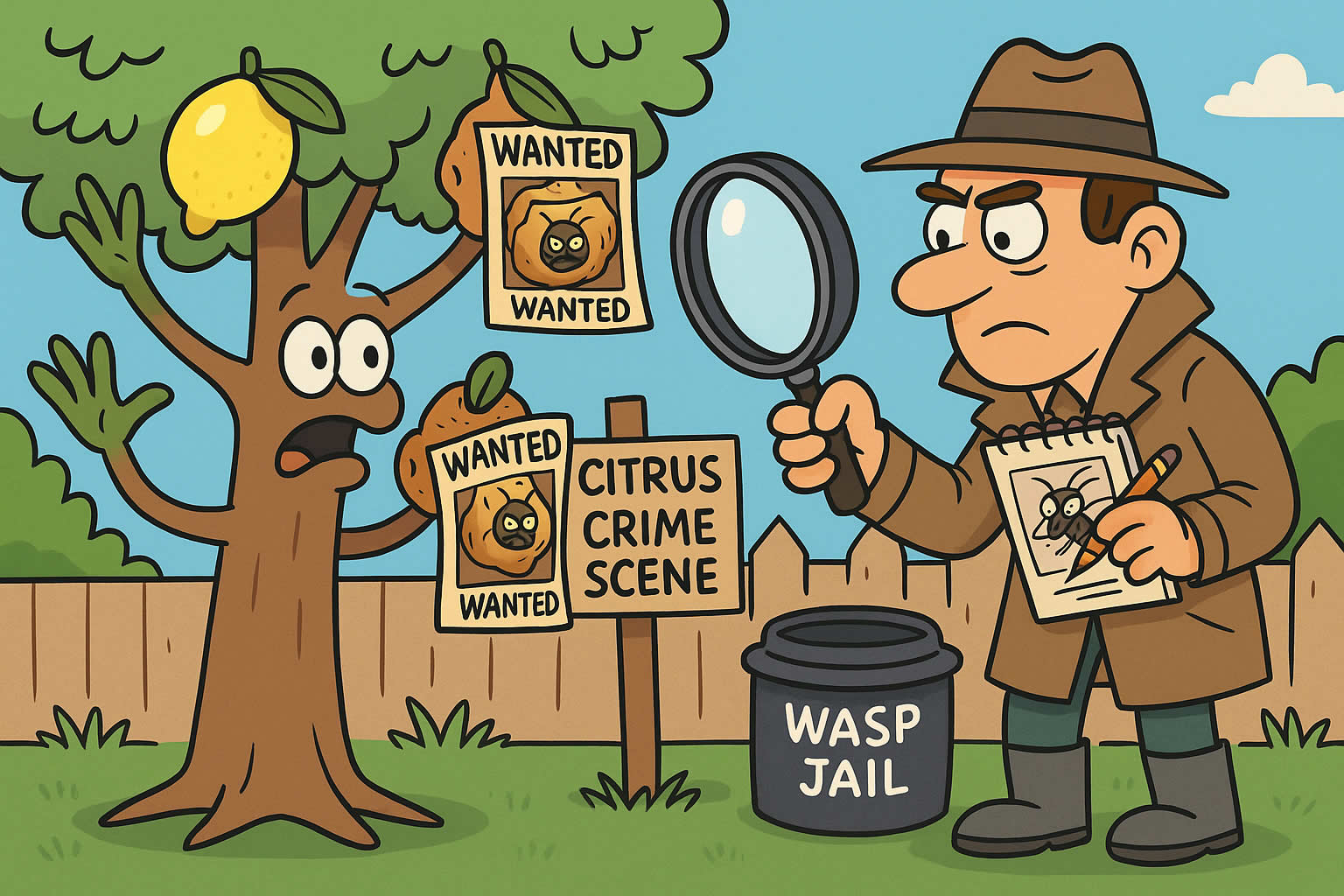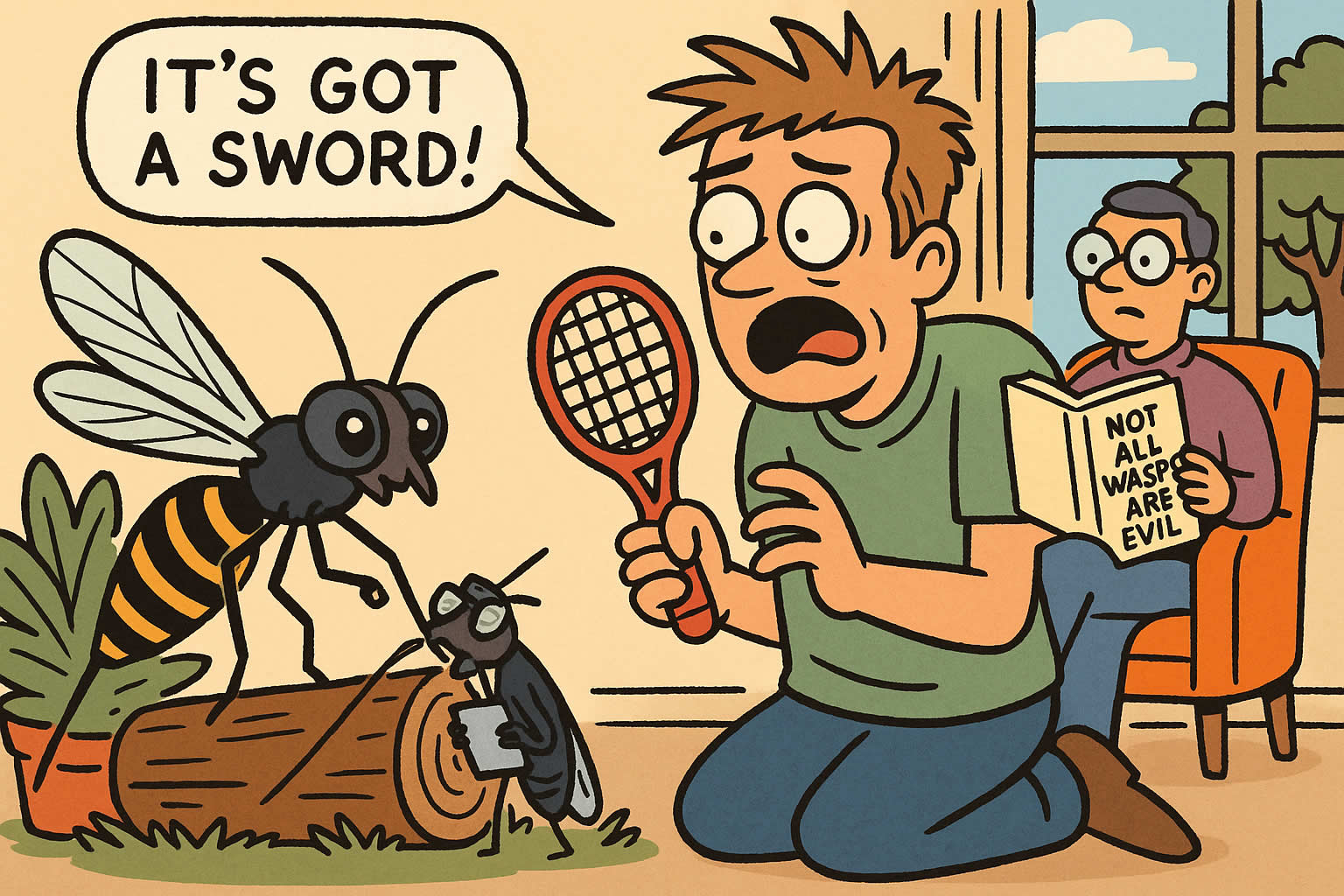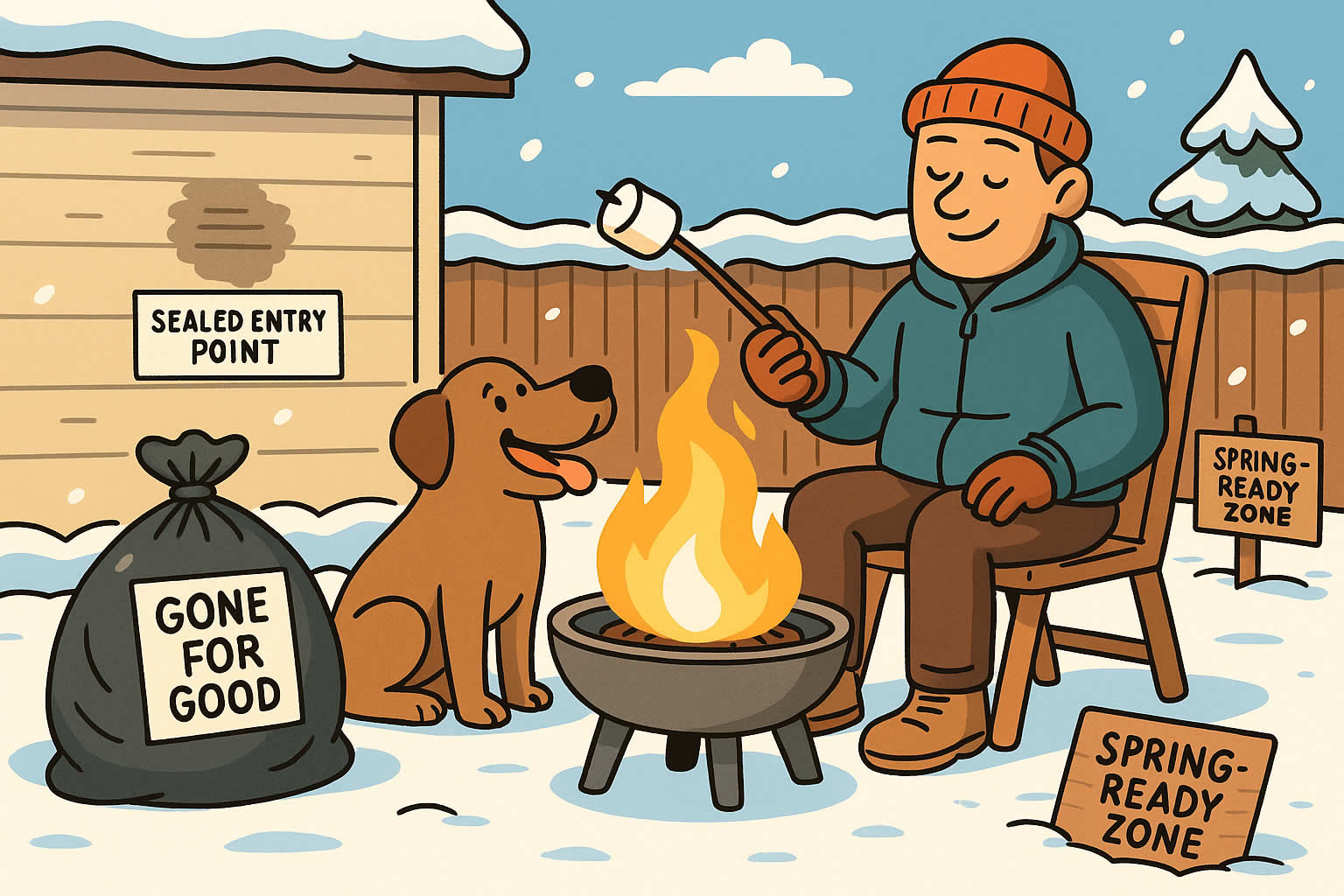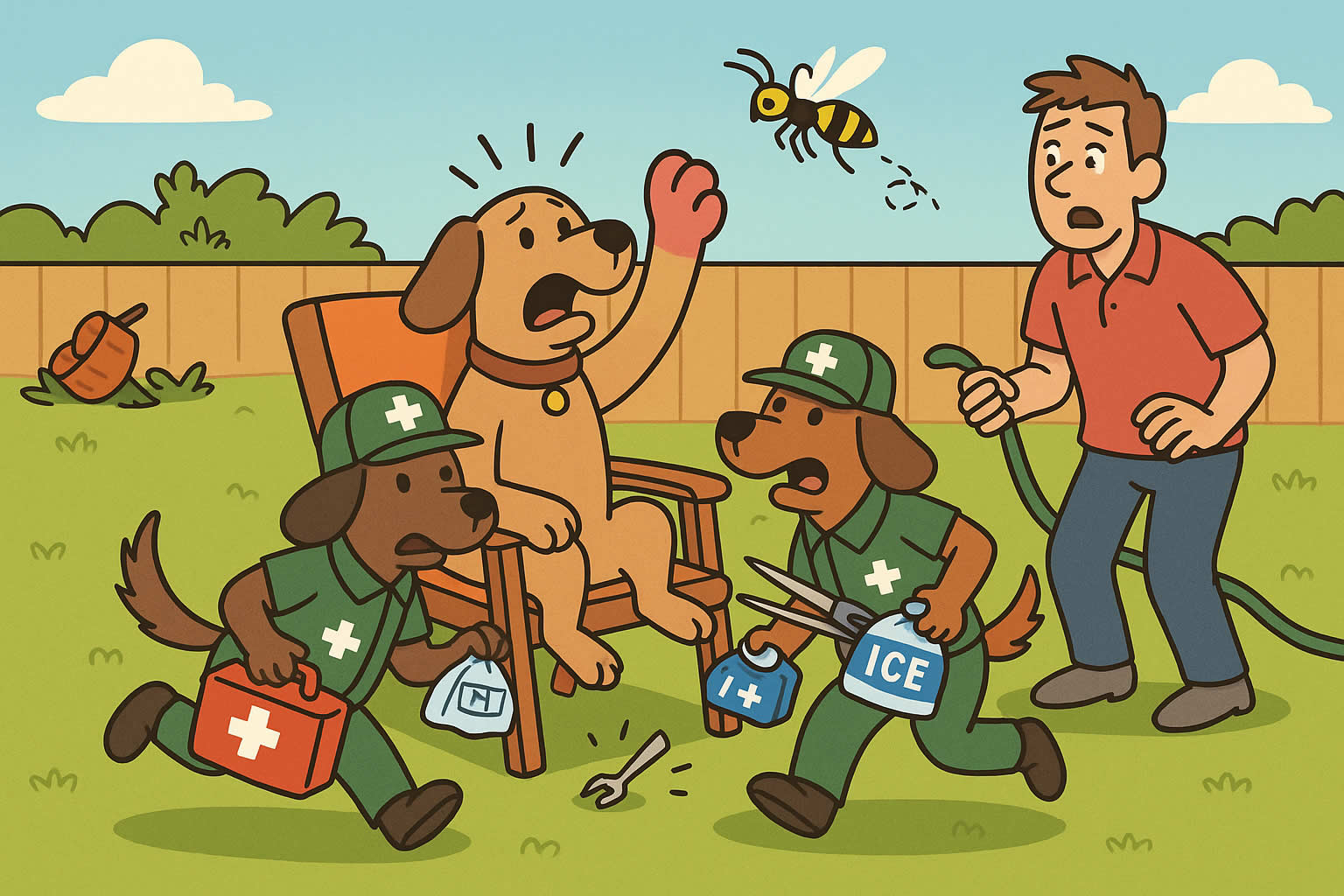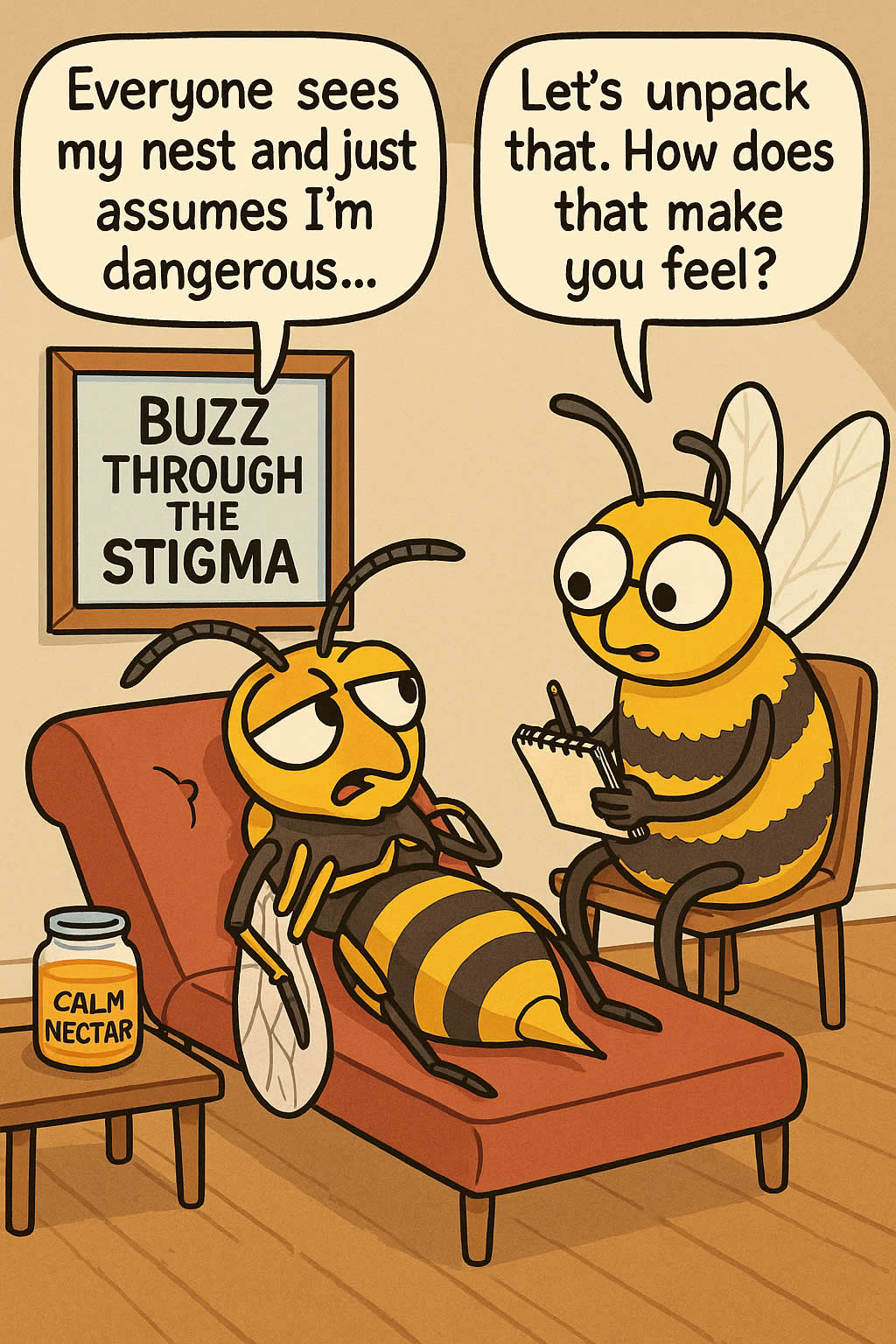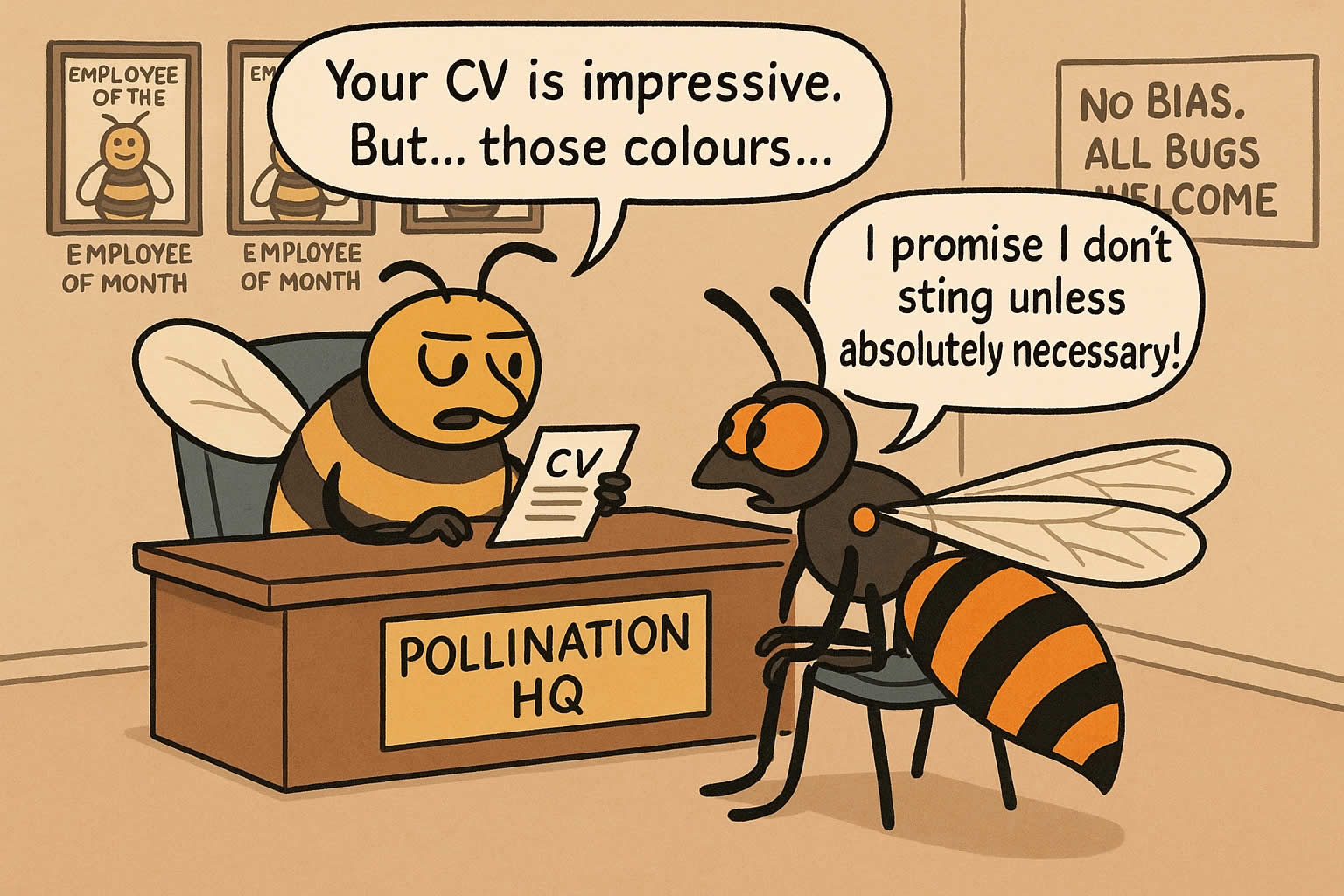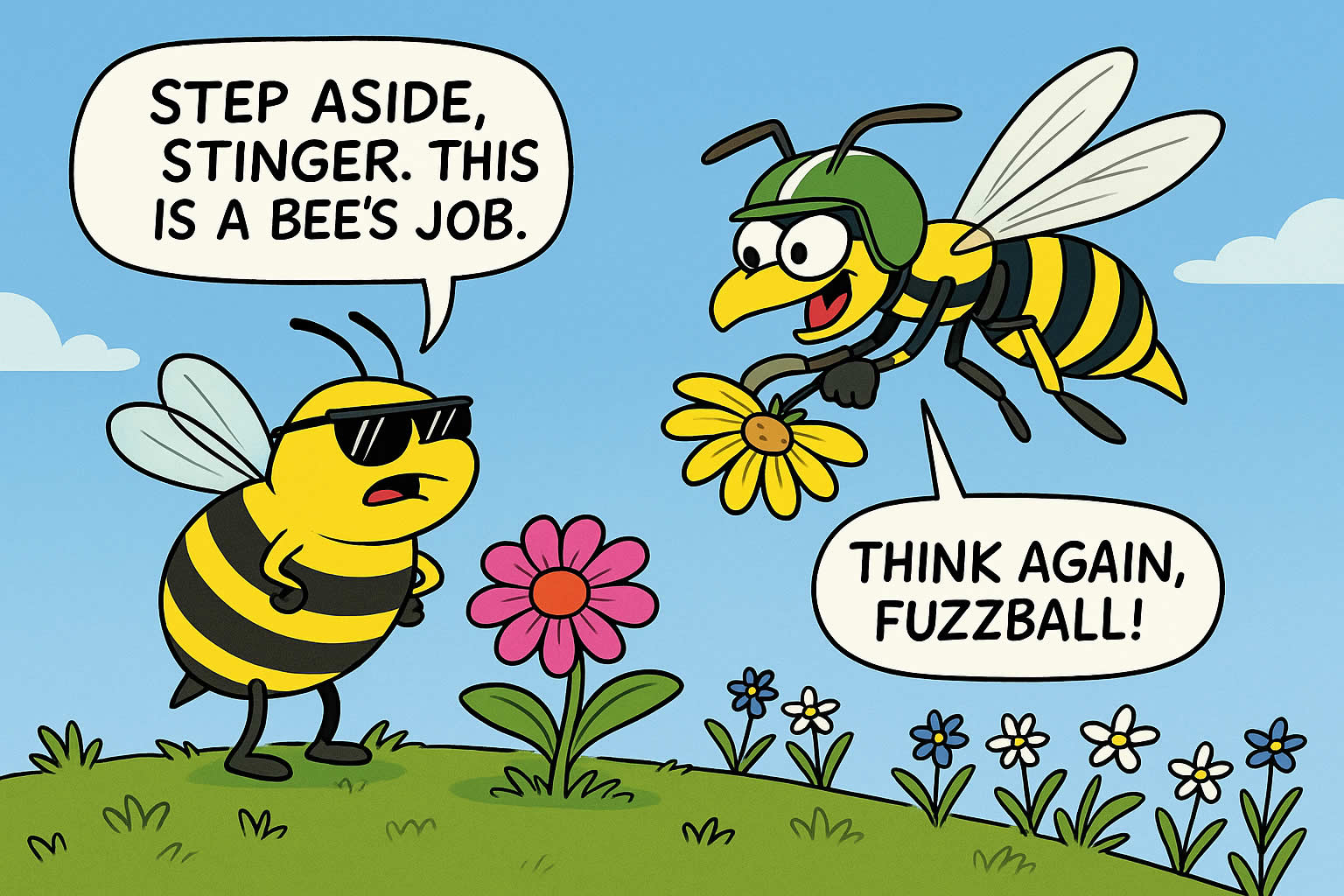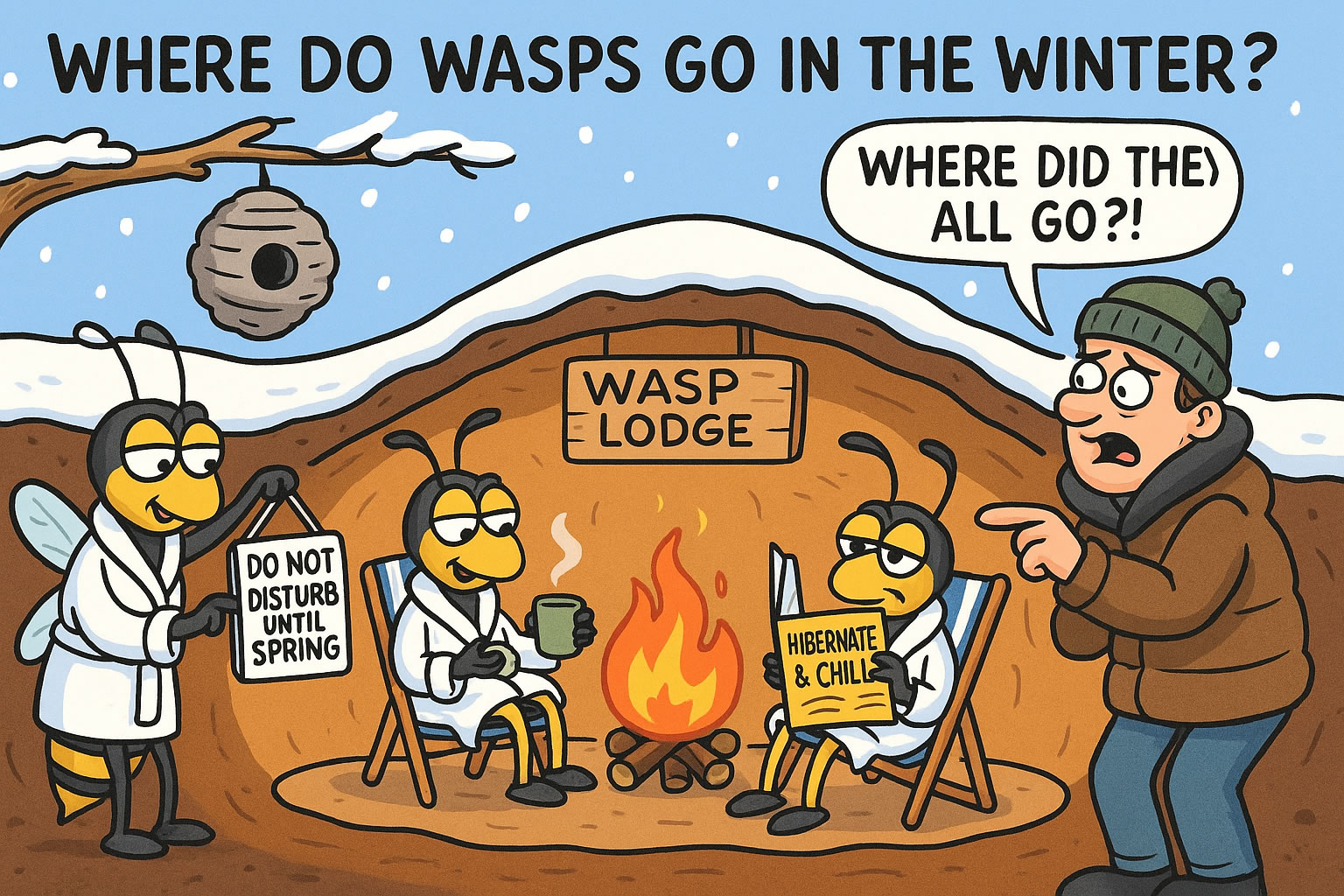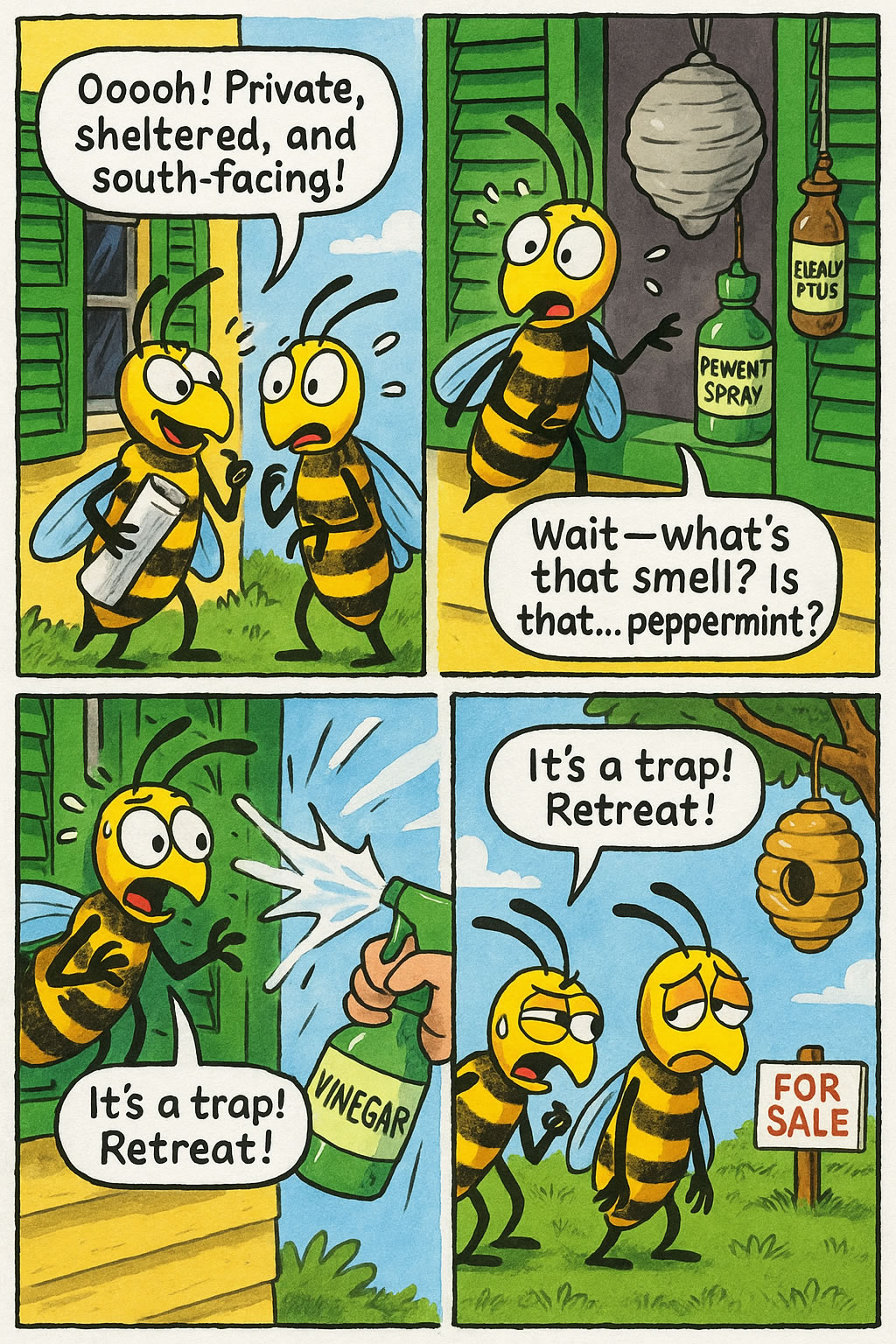Related Queries
ToggleIf you’ve ever found yourself counting down the days until wasps disappear for the year, you’re not alone. Their presence can be frustrating, especially when they get more aggressive later in the season. But there’s a reason they behave the way they do, and understanding a bit about their life cycle can actually make it easier to deal with them—and maybe even help you avoid them altogether.
So, let’s talk about when wasps die off in the UK, what causes that to happen, and why you might still see them lingering around longer than you expected.
Let’s Start With the Basics: How Wasps Live
In the UK, most of the wasps you see are either common wasps or German wasps. These are social insects, which means they live in colonies with a clear structure—there’s a queen, workers, and, later in the year, males (also called drones).
It all kicks off in spring, when the queen wakes up from hibernation. She’s survived the winter tucked away in a sheltered spot, and once the weather warms up, she’s straight to work building a nest and laying her first eggs. These eggs hatch into sterile female workers who help the queen by expanding the nest, collecting food, and taking care of the next generation.
This busy, growing colony keeps expanding through the summer. That’s usually when you start noticing more wasps out and about. They’re gathering nectar, hunting insects, and scavenging anything sweet they can find—which often leads them to your drink or sandwich.
What Happens at the End of Summer?
Once late summer arrives, something shifts in the colony. The queen starts laying different kinds of eggs—ones that will become new queens and male wasps. These males don’t have stingers, and their job is to mate with the new queens before the season ends. After mating, they die off pretty quickly.
At this stage, the old queen’s work is done. The new queens, once fertilised, leave the nest to find a safe place to hibernate through the winter. That’s their entire focus. They don’t stick around to help the colony—they’re preparing to start everything all over again next spring.
And the rest of the colony? The workers that have been busy all summer? They’re nearing the end of their lives too. Without larvae to feed or a queen to support, their purpose fades. And as the days get colder and food becomes harder to find, they begin to die off.
So, When Do They Actually Die Off?
In most parts of the UK, wasp colonies start to break down from around mid-September through to late October. The exact timing depends on the weather. If the autumn is mild, you might still see wasps into November. But as temperatures drop and food becomes scarce, the colony simply can’t survive.
The only wasps that make it through winter are the newly-mated queens. Everyone else—workers, drones, and the old queen—will die off as the cold sets in.
If you’re wondering why they don’t all disappear at once, that’s because it’s a gradual process. Wasps don’t just vanish overnight. Some colonies hang on longer, especially in sheltered spots or urban areas where food might still be available. But by the time winter fully kicks in, most nests are abandoned.
Why Are Wasps More Aggressive in Autumn?
You’ve probably noticed wasps seem more irritable towards the end of summer. They start flying around bins, landing on your food, and just being generally annoying. Why is that?
Well, it comes down to a few things.
For starters, their usual food sources—like nectar and insects—are starting to dry up. There’s simply not as much to go around, so they’re forced to look elsewhere. That often means scavenging sugary scraps around people, which leads to more interaction (and conflict).
Also, the worker wasps that are still around don’t really have anything to do anymore. They’re no longer feeding larvae or building up the nest. Without that sense of purpose, their behaviour can become more unpredictable and, in some cases, more aggressive.
Another factor is their age. Most of the wasps you see in autumn are at the end of their lifespan. They’re tired, hungry, and more likely to take risks. Combine that with colder temperatures and dying colonies, and you’ve got a recipe for the short-tempered wasps we often see buzzing around in September and October.
What Happens to the Nest?
If you’ve found a wasp nest in or around your home, you might be wondering whether you need to do anything with it—or if you can just wait for it to die out.
The good news is, wasp nests don’t last more than one season. Once the colony dies off in autumn, the nest is abandoned. Even the new queens won’t return to it next year. Instead, they’ll build their own new nests in spring, somewhere else entirely.
So technically, yes—you can leave a wasp nest alone if you’ve discovered it in late autumn or winter. It won’t suddenly come back to life. However, if it’s active and you’re still seeing a lot of wasps flying in and out, you might want to be cautious. A nest in a loft or brick wall cavity can still be a risk if disturbed while wasps are active.
If you’re unsure, it’s always a good idea to get some advice from a professional pest control service. They can safely assess the nest and remove it if needed—especially if it’s in a tricky location.
Can Wasps Survive Indoors in Winter?
Every now and then, you might see a wasp buzzing around your house in the middle of winter. It’s unusual, but it can happen.
What’s likely happened is that a hibernating queen wasp found her way inside—maybe into your loft, garage, or even behind a cupboard. The warmth of your home can confuse her into thinking it’s spring, so she wakes up too early and starts flying around in search of food or a place to nest.
Unfortunately, waking up too soon usually means she won’t survive. There’s no food around, and the temperatures outside are still too cold for her to safely build a nest. If you do find a wasp indoors in winter, it’s almost certainly a queen that’s been disturbed.
Will They Come Back Next Year?
While the same nest won’t be reused, if conditions are right—shelter, warmth, and access to food—a new queen might choose to build a nest in a similar spot next spring. That’s why it’s a good idea to block up any holes or gaps around your home once a nest has died off. Doing this helps prevent a fresh colony from settling in when the warmer weather returns.
Sealing up entry points, keeping bins tightly shut, and removing sources of standing water can all help reduce the chances of wasps making themselves at home next year.
Final Thoughts
So, when do wasps die off in the UK? The short answer is—most of them are gone by late autumn, around October or early November. The workers and drones live short lives and die off once their job is done. The old queen dies too. Only the new queens survive, hibernating until spring when they start the whole cycle again.
Knowing this helps make sense of why wasps seem so active and aggressive in autumn, and why they suddenly disappear not long after.
If you’ve been struggling with wasps all summer, the good news is they won’t be around much longer. But if you want to stop them coming back next year, a bit of preparation in winter and early spring can go a long way.
And if you’re ever in doubt—especially if you find a nest near your living space—it’s always best to ask a professional. They’ll know exactly what to do and can help make sure you’re not sharing your home with any uninvited guests.
Pest Control Broughton – Pest Control Ca15 – Pest Control Buttermere

